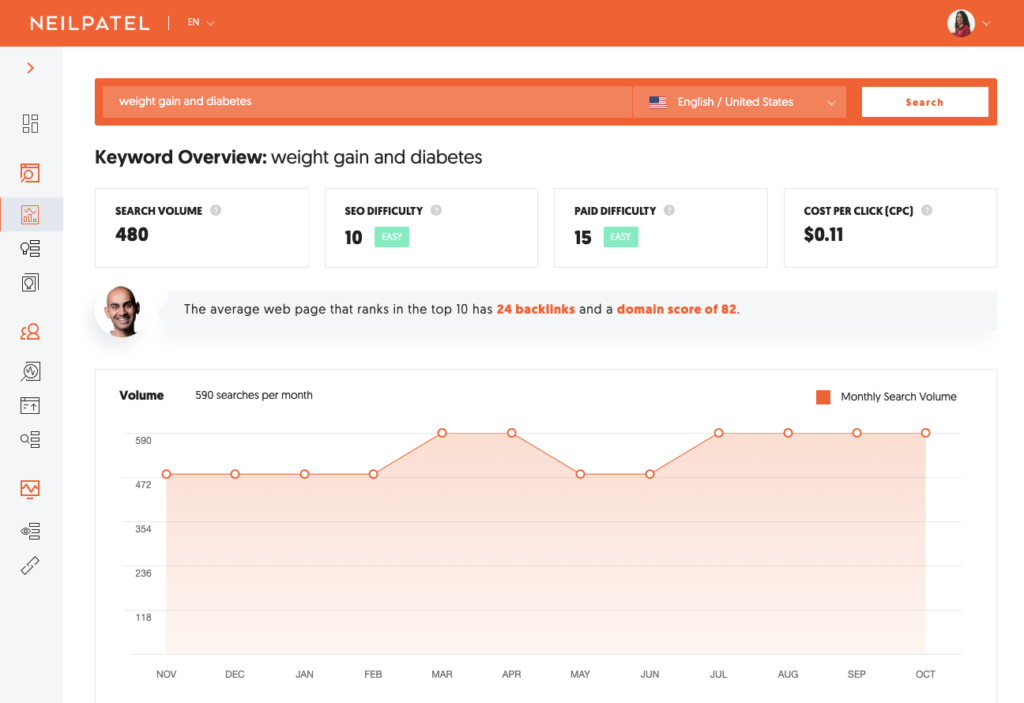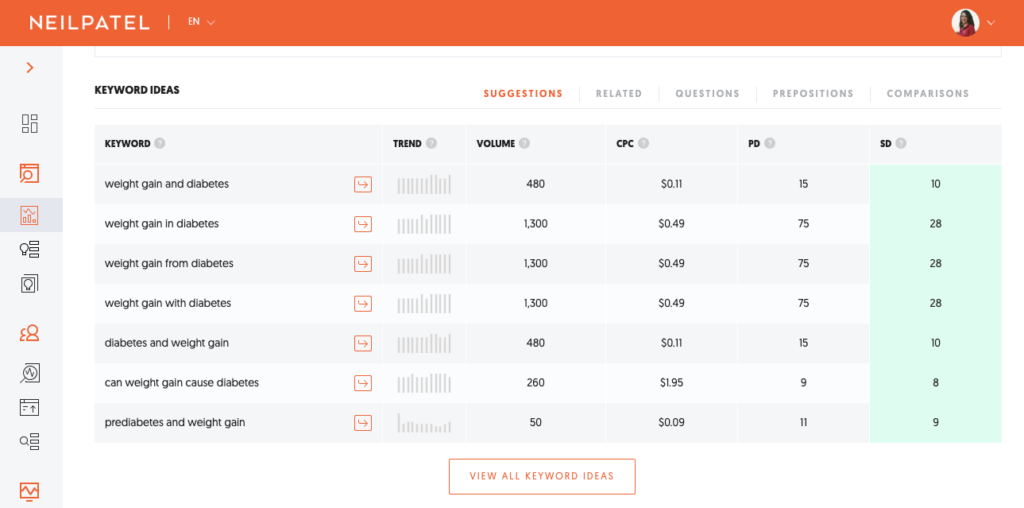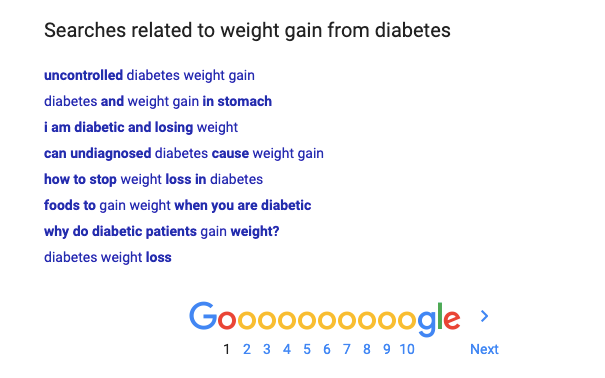How to Write SEO-Friendly Content that Gets Results
Earlier in 2019, I was certified as an Expert SEO Content Writer. I already had a lot of knowledge on how to write SEO-friendly content, but everything I knew was learned from my own research and real-world experience.
Today I want to talk to you about some SEO (Search Engine Optimization) basics:
- Why SEO helps to attract new customers
- What are keywords and how do you find the right ones for your website
- Other tips I’ve learned over more than nine years as an online writer about how to write SEO-friendly content
I also talked a little about this topic on The B2B Mix Show Podcast. Give it a listen to learn more about working with a freelance writer.
What is SEO, and why do you need it?
First of all, let’s establish what SEO is. I’m sure you’ve heard about it on commercials and in conversations with other website owners. You know that you need it, but what is SEO?
SEO or Search Engine Optimization is an online practice to improve your rankings on search engines like Google, Yahoo, and Bing. Most conversations, including this one, revolve around Google since 92% of the world uses it.
HubSpot reports that 75% of people don’t go beyond page one of the search results. Doing what you can to rank higher is critical to your success in generating leads on the Internet.
What are keywords, and how do you find them?
Keywords or keyword strings are words or phrases that site owners incorporate into their web copy. These are the words or phrases that your ideal customer is searching online.
You may be saying to yourself, “That’s great and all, but how do I identify which keywords to use?” I have some suggestions and tools that will help.
Find valuable keywords by thinking about the common questions or issues your buyer is facing.
I’ll take an example from the health and wellness space, specifically for a diabetes health coach like my client Melissa Slemp. Using UberSuggest.com, I searched “weight gain and diabetes.”

Search Volume tells me how many people are searching the term “weight gain and diabetes.” I can see the SEO Difficulty is easy with a score of 10. This is decent, but when I scroll down below the graph, there’s a list of related keywords and I see a better option.

I see that “weight gain from diabetes” is a more common search term with 1,300 queries a month. The difficulty is a bit higher at 28, but it’s still shown as easy to rank.
I also see a question listed, “can weight gain cause diabetes?” This is perfect to use as a primary keyword and a blog title. You could also incorporate the other two search terms as secondary keywords.
From a quick search, I now have a title and three keywords I can target in a blog post. A few other sites you can use to gather information on search terms and what your audience is looking for are:
- Google Trends
- Kwfinder.com
- Squirrely plug-in for WordPress
Stop now and plug a common phrase or question from your industry into UberSuggest.com and use the steps above to find a keyword or two you can target in your next blog post or long-form article.
Got it? Okay, then let’s move on.
How to use keywords in your blog – 8 Tips to write SEO-friendly content
Historically, SEO writers have had a bad reputation for trying to game the system (i.e., Google) and stuff articles with keywords and irrelevant links to increase their rankings. Google quickly caught on, and if you try the keyword stuffing technique today, you’re bound to do more damage than good on your website. It’s an awful practice that doesn’t help the user or you.
The practice of SEO writing today is reliant on several best practices, most importantly, answering a question and providing helpful content for the reader. For more info here are a few things you’ll want to keep in mind when writing your next SEO-friendly blog:
- Use your primary keyword in the title and a few of your subheaders or H2s.
- Incorporate your keywords into an H3 subheader before the final paragraph. I usually write it as part of a call to action. Following the example of the above, it would be something like “Contact me to discuss natural options when it comes to weight gain from diabetes.”
- Include the keyword and variations of it in the body of your article. If you’re stumped on related terms and you didn’t find enough from UberSuggest, hop over to Google. Plug your keyword in and scroll to the bottom of the page to see “Searches related to ____.”

- Research the competition. Plug your keyword into Google and see what others have written on the topic. Try to find ways that you can add to the conversation and not regurgitate what someone else has already said. You want to uplevel the competition on your keywords.
- Link to credible sources. Find statistics or other information from trustworthy sites that you can incorporate into your blog post. Using credible outside links notifies Google that your website is likely reliable since you’ve done your research.
- Link to other articles within your site. Find words or phrases within your article that you can link to other content or pages on your website. A good example of this practice is above where I linked “SEO writing” to my copywriting service page.
- Tell a story while thinking about your search terms. When you’re writing, keep your keywords top of mind, but don’t let them control everything that you write. You need to be cautious not to overdo it and end up with a keyword-stuffed article. Aim to keep the use of your primary keyword under 3% of your document, and your secondary keywords under 2%.
- Use SEO to guide your content strategy. Create a plan for the next few months of content by theming your content based around keywords. When your keywords and blog topics are already planned out, it makes it easier when you sit down to write. Start with the basic topics and drill down into specifics – then you’re able to link back to the foundational articles in future content.
Get results from your SEO content!
If you consistently follow the tips and suggestions I’ve outlined above, you’ll eventually see results. SEO is not an overnight fix to instantly bring tons of traffic to your website. It’s a strategy that takes time and effort.

